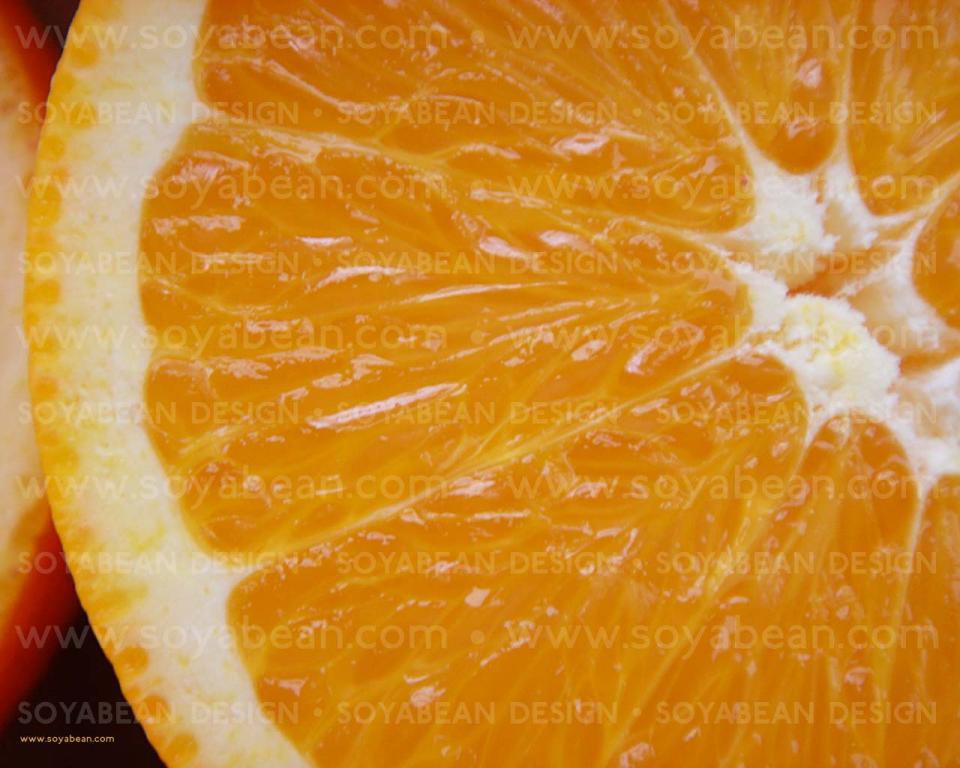The Australian and US food safety authorities have banned the import of orange concentrate containing residues of a synthetic fungicide carbendazim.
However the New Zealand Food Safety Authority, now merged with operations at the Ministry of Agriculture and Forestry (MAF), has maintained that it has no plans to follow the moves of food safety regulators in Australia and the United States over the safety of Brazilian orange juice concentrate.
Brazilian concentrate was banned by the US Food and Drug Administration following identification of traces of the fungicide carbendazim in concentrate samples. While carbendazim is a permitted residue in the US on fresh oranges, it is not included among those found in juice, according to www.Foodnews.co.nz.
As the largest source of orange concentrate for New Zealand juice producers, who import around 35,000 tonnes annually, the question of the safety of Brazilian juice is a reasonable concern for New Zealand consumers.
In Australia, Judith Damiani of Citrus Australia questioned the effectiveness of checks on imported juice concentrates and called for an immediate increase in the regularity of testing incoming product.
There is no regular testing of imported juice concentrates by New Zealand authorities, although a spokesperson told foodnews that in future MAF will be carrying out “… some verification testing of product coming into New Zealand”.
The residue level of carbendazim that prompted the USFDA ban on Brazilian juice was 3.5mg/kg, well below the Australian permitted level of 10mg/kg, yet the Australians yesterday joined the US in banning this product. MAF, however, sees no reason to follow the same course of action.
“Results from US authorities’ testing of carbendazim residues in imported Brazilian orange juice have not found the residues to pose a health concern. MAF agrees with this assessment and as such is not planning to make changes to the imports of Brazilian orange juice,” says Miriam Meister of MAF.
As Meister points out, the maximum residue level (MRL) for carbendazim under NZ regulations is 5mg/kg, only slightly higher than that found in Brazilian juice concentrate. However, this is the MRL for fresh oranges, and like the US, New Zealand regulations specify no MRL for orange juice or concentrate.
Australia also moved on carbendazim before the present incident. In January 2010 authorities in Australia removed all uses including post harvest dipping of carbendazim on grapes, cucurbits (including melons), citrus fruit, custard apples, mango, pome fruit, stone fruit (including cherries) and turf. They also extended health warnings on carbendazim product labels to include birth defects and male infertility in laboratory animals.
Speaking on behalf of the New Zealand Juice and Beverage Association (NZJBA), Kerry Tyack told foodnews, “I expect that if Australia ban it, it is only a matter of time before New Zealand do.
“If there is a total ban, then we will adhere to that. We are already changing the way we operate now. All New Zealand companies have gone back to their suppliers to make sure all juice must meet current regulations.
“Now we have been alerted to the possible changes, we need to find a supply of juice that meets the new regulations. This is already a priority with our companies,” he concluded. Source: FoodNews.co.nz


